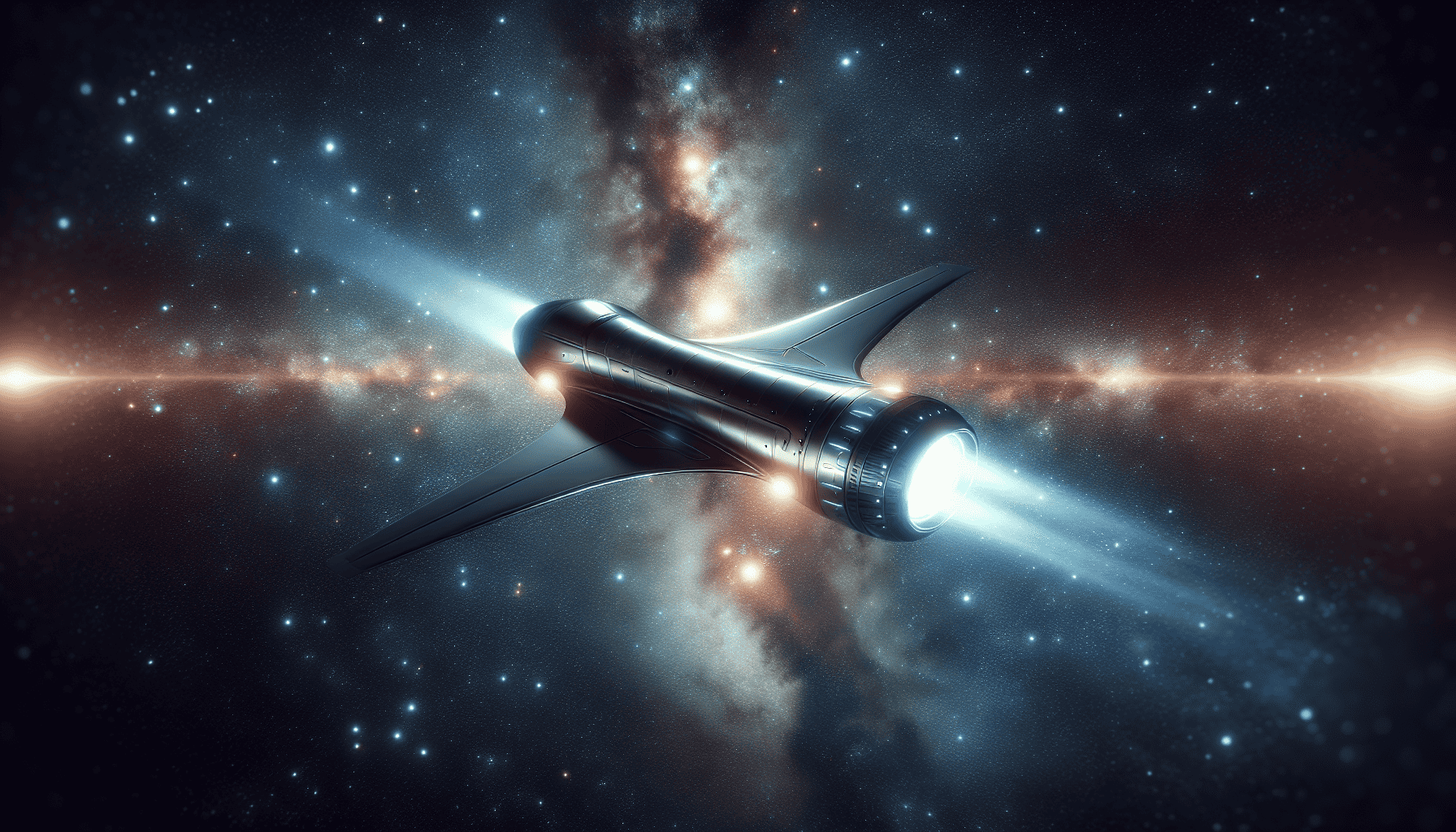In recent years, the exploration of space has become increasingly ambitious, necessitating the development of propulsion systems that are both more efficient and capable of extended missions. These advancements in propulsion technology are crucial for the future of space travel, promising to make interplanetary and, eventually, interstellar travel a reality. Among the most promising innovations are ion propulsion, nuclear thermal propulsion, and other breakthrough concepts that could fundamentally transform our approach to space exploration.
Ion propulsion represents one of the most well-established and operationally successful advanced propulsion systems. Utilizing ionized gas to generate thrust, these systems offer a significant advantage over conventional chemical rockets due to their exceptional efficiency. By accelerating ions using electric forces, ion drives can operate for much longer durations with less propellant, making them ideal for extended missions to distant destinations. This technology has already been effectively employed in missions like NASA's Dawn spacecraft, which explored the asteroid belt, providing valuable insights into its potential.
Nuclear thermal propulsion (NTP) is another area garnering attention. This technology involves heating a propellant, such as hydrogen, using a nuclear reactor, which then expands and is expelled through a nozzle to produce thrust. The advantage of NTP lies in its ability to offer a higher thrust-to-weight ratio compared to ion propulsion, while still maintaining high efficiency. This makes it particularly suitable for crewed missions to Mars, where reducing travel time is crucial for the safety and well-being of astronauts. Research and development in this area continue to push the boundaries, with several prototypes being tested.
Beyond ion and nuclear thermal propulsion, a plethora of innovative concepts are being explored. Solar sails, for example, harness the momentum of photons from the sun to propel a spacecraft, offering a fuel-free method of travel. While they produce minimal thrust, their ability to continually accelerate over time makes them an enticing option for long-term, deep-space missions.
Another emerging concept is the use of antimatter and fusion propulsion. Antimatter propulsion, though currently theoretical due to immense challenges in antimatter production and containment, promises to provide unparalleled speed by annihilating matter and antimatter to produce energy. Fusion propulsion, on the other hand, aims to harness the power of nuclear fusion, the same process that powers the sun, to create a thrust that could dramatically decrease travel time across the solar system. Although these technologies remain largely conceptual, ongoing research is gradually overcoming the scientific and engineering hurdles they present.
The development of these advanced propulsion systems is not only about reaching further into space but also about fostering sustainable exploration. These technologies are being designed with an eye toward reuse, scalability, and integration with artificial intelligence and autonomous navigation systems. This holistic approach is crucial for minimizing human intervention and ensuring the sustainability of interplanetary missions.
The revolution in spacecraft propulsion technologies is akin to the transformation brought by the introduction of jet engines in aviation. Just as jet engines enabled new possibilities in air travel, propulsion innovations promise to open the door to new frontiers in space exploration. As international agencies, private companies, and scientists work tirelessly to advance these technologies, the dream of exploring the far reaches of our solar system and beyond becomes increasingly attainable.
In conclusion, the journey to the stars is no longer the domain of science fiction. With ultra-efficient propulsion technologies inspired by cutting-edge innovation, the realities of interplanetary travel are on the horizon. As we stand on the cusp of this new era, the possibilities are as vast as the universe itself, waiting to be explored.
